Planting bed of peppermint
hoopersjudge
16 years ago
Related Stories

GARDENING GUIDESBright Plants for Flower Beds That Wow
From new annual and perennial varieties to grasses, get dramatic with swaths of color
Full Story
FARM YOUR YARDHow to Build a Raised Bed for Your Veggies and Plants
Whether you’re farming your parking strip or beautifying your backyard, a planting box you make yourself can come in mighty handy
Full Story
SPRING GARDENINGInspiring Raised Beds for Fall and Spring Planting
Make Your Next Vegetable Garden Even Better with Beautiful Boxes and Paths
Full Story
GARDENING GUIDESGreat Garden Combo: 3 Wonderful Plants for a Deer-Resistant Screen
Protect your privacy and keep deer at bay with a planting trio that turns a problem garden area into a highlight
Full Story
GARDENING GUIDES6 Plants That Beat Butterfly Bush for the Wildlife Draw
It's invasive, a nonnative and a poor insect magnet. Check out these better alternatives to butterfly bush in the garden
Full Story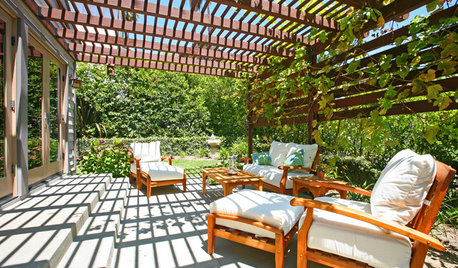
LANDSCAPE DESIGNThe Abundant Garden Makes Room for Plants
Gardens focused on plants provide joy and solace with their billowing layered beds, overflowing containers and walls of green
Full Story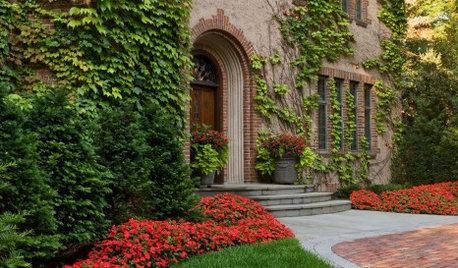
LANDSCAPE DESIGN5 Ways to Plant a Big Kiss of Red on Your Landscape
Ignite passion in your garden beds and container plantings with flowers and foliage in this dynamic color
Full Story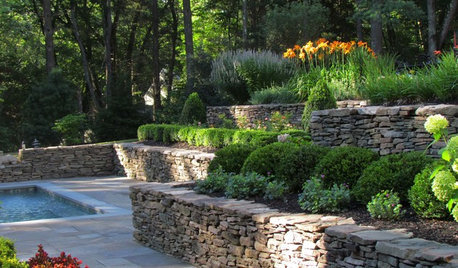
GARDENING AND LANDSCAPINGStep Up Your Garden Game With Terraced Plantings
We're going to level with you: Slopes in the landscape can be tricky. Use these ideas to create balance and harmony in your terraced beds
Full Story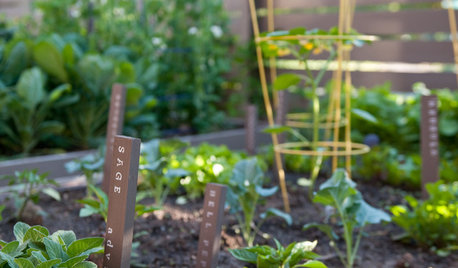
EDIBLE GARDENSKeep Track of Your Vegetable Garden With Plant Markers
Bring order to your edible beds with these labeling ideas
Full Story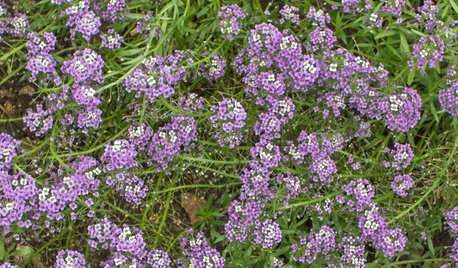
GARDENING GUIDESGreat Design Plant: Sweet Alyssum
This dependable winter bloomer makes a colorful companion in beds, baskets, even rock gardens
Full StoryMore Discussions










Daisyduckworth
lavenderkitty
Related Professionals
Wrentham Landscape Architects & Landscape Designers · Camas Landscape Architects & Landscape Designers · Rancho Cordova Landscape Architects & Landscape Designers · Finneytown Landscape Architects & Landscape Designers · Arlington Landscape Contractors · Bloomington Landscape Contractors · Edinburg Landscape Contractors · Melrose Park Landscape Contractors · North Plainfield Landscape Contractors · Painesville Landscape Contractors · Sugar Hill Landscape Contractors · Thonotosassa Landscape Contractors · Allen Roofing & Gutters · Hicksville Roofing & Gutters · Dunwoody Roofing & GuttershoopersjudgeOriginal Author
CA Kate z9
fatamorgana2121
lavenderkitty
roseyp8255
peanuttree
cheshirekatttt
lavenderkitty
lingardiner
fatamorgana2121
janus59
MGPinSavannah
fatamorgana2121